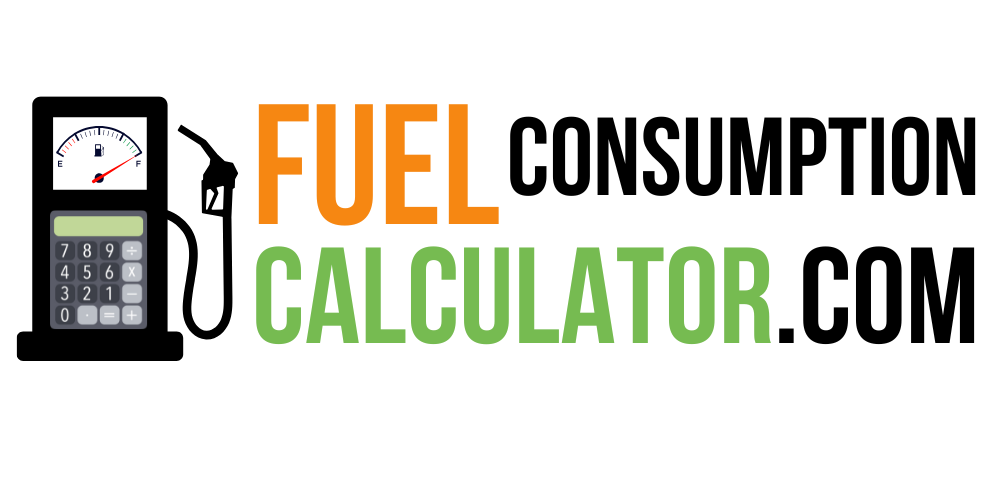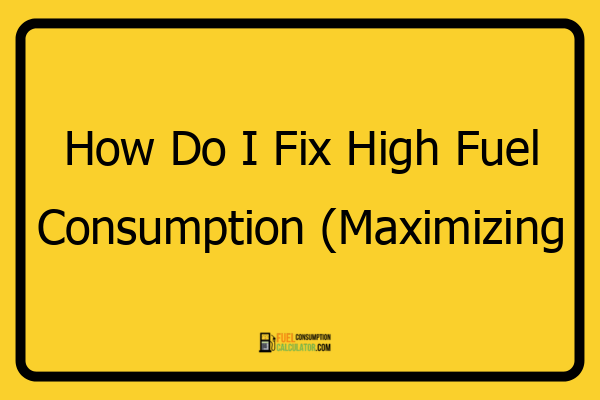Are you tired of constantly refilling your gas tank and watching your hard-earned money disappear with every mile? If so, you’re not alone. High fuel consumption can be a frustrating and costly problem.
But, there are ways to improve your car’s fuel efficiency and save money at the pump.
Contents
- 1 Key Takeaways
- 2 Keep Your Tires Properly Inflated
- 3 Reduce Excess Weight in Your Vehicle
- 4 Use Air Conditioning Strategically
- 5 Maintain a Steady Speed
- 6 Practice Smooth Acceleration and Deceleration
- 7 Utilize Cruise Control
- 8 Implement Predictive Driving
- 9 Avoid Extended Idling
- 10 Perform Regular Maintenance
- 11 Address Faulty Components Promptly
Key Takeaways
- Properly inflated tires can boost fuel efficiency by up to 10%
- Reducing excess weight in your vehicle can improve gas mileage
- Using air conditioning instead of open windows at high speeds is more fuel-efficient
- Maintaining a steady speed between 50-90 km/h can optimize fuel economy
- Gradual acceleration and braking saves fuel compared to aggressive driving
Keep Your Tires Properly Inflated
According to the U.S. Department of Transportation, maintaining proper tire pressure is crucial for fuel efficiency:
- Underinflated tires increase rolling resistance, reducing fuel economy.
- Properly inflated tires can boost gas mileage by an average of 0.6%, with potential increases up to 3%.
- Losing 1 PSI in all tires can reduce gas mileage by 0.2%.
| Tire Pressure | Fuel Economy Impact | Estimated Additional Fuel Cost |
|---|---|---|
| Underinflated by 10 PSI | Up to 2% decrease | $0.02/gallon (at $3.45/gallon) |
Pro Tip: Check tire pressure regularly and maintain it between 30-35 PSI for optimal fuel efficiency and tire longevity.
Reduce Excess Weight in Your Vehicle
Every extra 50 kg (110 lbs) can increase fuel consumption by about 2%. To improve fuel efficiency:
- Remove unnecessary items from your trunk and backseat.
- Avoid carrying heavy loads or using roof racks when not needed.
- Consider upgrading to lighter wheels and tires.
Use Air Conditioning Strategically
Research shows that using AC is more fuel-efficient than open windows at speeds over 80 km/h. To optimize AC usage:
- Set the AC to the warmest comfortable setting.
- Use recirculate mode initially before switching to outside air.
- Consider the vehicle type, speed, and weather conditions when deciding between AC and open windows.
Maintain a Steady Speed
Keeping a steady speed between 50-90 km/h can significantly improve fuel efficiency:
| Speed | Fuel Consumption Increase |
|---|---|
| 100 km/h | Up to 15% |
| 110 km/h | Up to 25% |
Practice Smooth Acceleration and Deceleration
Aggressive driving negatively impacts fuel economy. Adopt these habits:
- Accelerate gradually from a stop.
- Brake smoothly and anticipate stops.
- Use cruise control on highways to maintain a constant speed.
Utilize Cruise Control
Using cruise control on highways can improve fuel economy by 10-20% by:
- Maintaining a constant speed
- Reducing unnecessary acceleration and deceleration
| Feature | Benefit |
|---|---|
| Maintains Constant Speed | Improved Fuel Efficiency |
| Reduces Acceleration/Deceleration Cycles | Enhances Driving Comfort |
| Minimizes Erratic Driving Behavior | Contributes to Safer Driving |
Implement Predictive Driving
Anticipate traffic conditions to minimize hard braking and acceleration:
- Look ahead and plan for upcoming traffic signals and obstacles.
- Adjust speed gradually based on road conditions.
- Maintain a steady pace, especially on highways.
Avoid Extended Idling
Idling wastes fuel and harms engine efficiency. Turn off the engine if waiting for more than three minutes.
| Vehicle Type | Fuel Consumption while Idling |
|---|---|
| Non-diesel Compact Sedans | 0.16 gallons per hour |
| Heavy-duty Trucks | 0.8 gallons per hour |
| Long-haul Trucks | 1500 gallons annually (1800 hours of idling) |
Perform Regular Maintenance
Proper vehicle maintenance significantly impacts fuel efficiency:
- Engine tune-ups can improve fuel economy by up to 4%.
- Proper tire inflation and wheel alignment can increase efficiency by 3%.
- Regular oil changes can boost efficiency by up to 4%.
- A clean air filter can improve fuel efficiency by up to 10%.
Address Faulty Components Promptly
Regularly check and replace components that may affect fuel efficiency:
- Spark plugs
- Fuel filters
- Oxygen sensors
- Air filters
- Tires and wheels

Hi, I’m Sufiyan, the developer behind this platform. I created FuelConsumptionCalculator.com to simplify fuel tracking for everyone — because understanding your vehicle shouldn’t require a degree in mechanics. I’m always working on adding more tools and content to make this site even more useful

